Increased Pet Ownership
The rise in pet ownership is a notable driver for the Canine Parvovirus Enteritis Market. As more households welcome dogs into their families, the potential for parvovirus outbreaks increases, particularly in areas with high concentrations of unvaccinated pets. This trend is particularly evident in urban settings, where the interaction between dogs can facilitate the spread of the virus. According to recent statistics, pet ownership has surged by over 20% in the last five years, leading to a corresponding rise in demand for veterinary services and preventive care. Pet owners are becoming more proactive in seeking vaccinations and treatments for their dogs, which is likely to bolster the market for parvovirus-related products. This growing awareness and responsibility among pet owners are expected to drive significant growth in the Canine Parvovirus Enteritis Market.
Advancements in Veterinary Medicine
Advancements in veterinary medicine are shaping the Canine Parvovirus Enteritis Market in profound ways. Innovative diagnostic tools and treatment protocols have emerged, enhancing the ability of veterinarians to identify and manage parvovirus infections effectively. For instance, rapid antigen tests allow for quicker diagnosis, enabling timely treatment that can significantly improve survival rates. Furthermore, the development of new antiviral medications and supportive therapies has expanded the treatment landscape for affected dogs. As these advancements become more widely adopted, they are expected to increase the overall market size. The veterinary pharmaceutical sector has seen a notable increase in investment, with projections indicating a growth rate of approximately 7% annually over the next few years. This trend underscores the importance of continuous innovation in addressing canine parvovirus enteritis.
Rising Incidence of Canine Parvovirus
The increasing incidence of canine parvovirus enteritis is a critical driver for the Canine Parvovirus Enteritis Market. Reports indicate that the prevalence of this viral infection has been on the rise, particularly among unvaccinated puppies and young dogs. This trend is concerning, as parvovirus can lead to severe gastrointestinal distress and high mortality rates if left untreated. Consequently, veterinarians and pet owners are becoming more vigilant about vaccination and treatment options. The market for parvovirus-related products and services is expected to expand as awareness of the disease's impact grows. In 2023, the estimated number of reported cases reached a significant figure, prompting increased demand for veterinary interventions and preventive measures. This heightened awareness is likely to drive growth in the Canine Parvovirus Enteritis Market.
Emerging Trends in Pet Health Insurance
Emerging trends in pet health insurance are influencing the Canine Parvovirus Enteritis Market. As pet owners increasingly recognize the financial burden associated with veterinary care, the demand for pet health insurance is on the rise. This trend is particularly relevant for conditions like canine parvovirus enteritis, which can incur substantial treatment costs. Insurance providers are beginning to offer specialized plans that cover vaccinations, diagnostics, and treatments for parvovirus, making it more accessible for pet owners to seek timely veterinary care. The pet insurance market has experienced a growth rate of approximately 10% annually, reflecting a shift in consumer attitudes towards pet healthcare. This increased financial support for veterinary services is likely to enhance the overall market for canine parvovirus enteritis treatments and preventive measures, thereby fostering growth in the Canine Parvovirus Enteritis Market.
Regulatory Support for Vaccination Programs
Regulatory support for vaccination programs plays a pivotal role in the Canine Parvovirus Enteritis Market. Governments and veterinary associations are increasingly promoting vaccination as a primary means of preventing parvovirus outbreaks. Initiatives aimed at educating pet owners about the importance of vaccinations are gaining traction, leading to higher vaccination rates among dogs. In many regions, vaccination is not only encouraged but also mandated, particularly in shelters and breeding facilities. This regulatory framework is likely to enhance the market for vaccines and related veterinary services. Recent data suggests that vaccination rates have improved, with some areas reporting over 80% compliance among pet owners. This trend is expected to contribute positively to the overall health of canine populations and reduce the incidence of parvovirus, thereby driving growth in the Canine Parvovirus Enteritis Market.


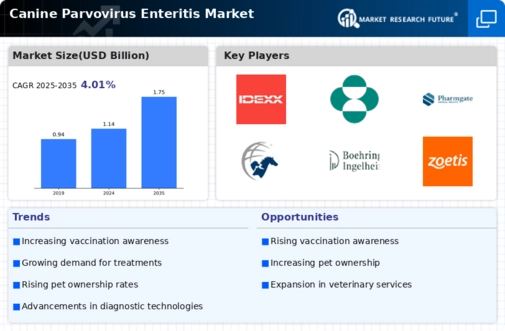
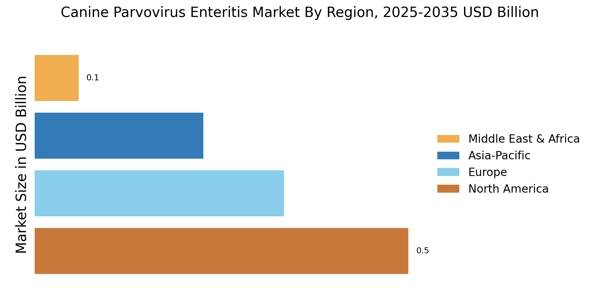

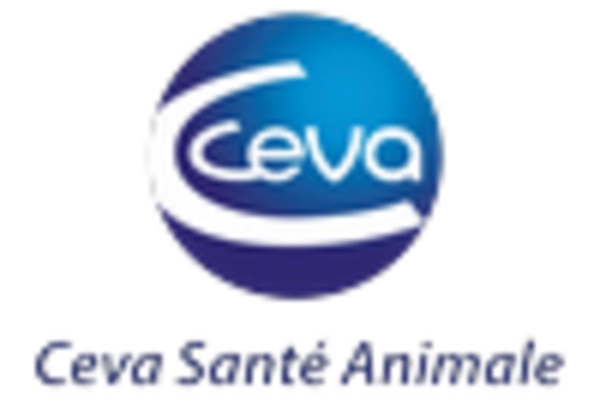
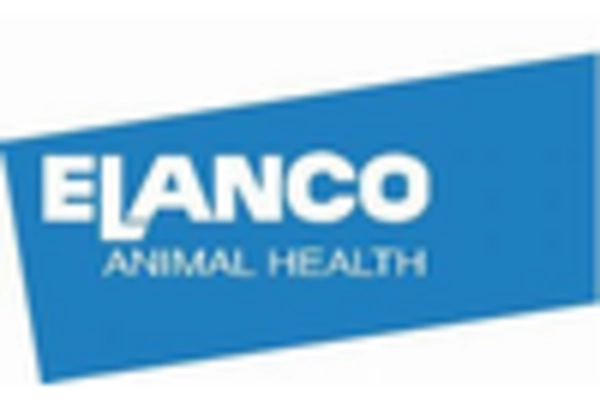

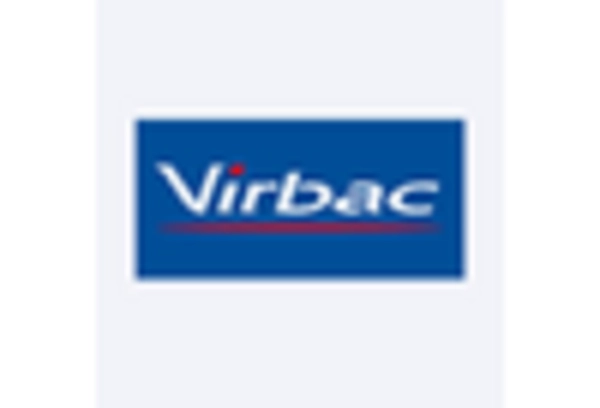
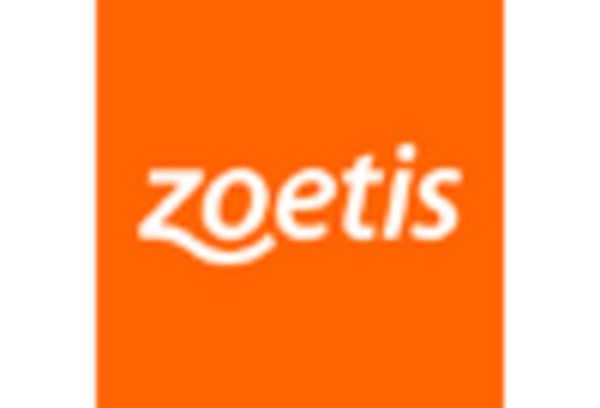








Leave a Comment